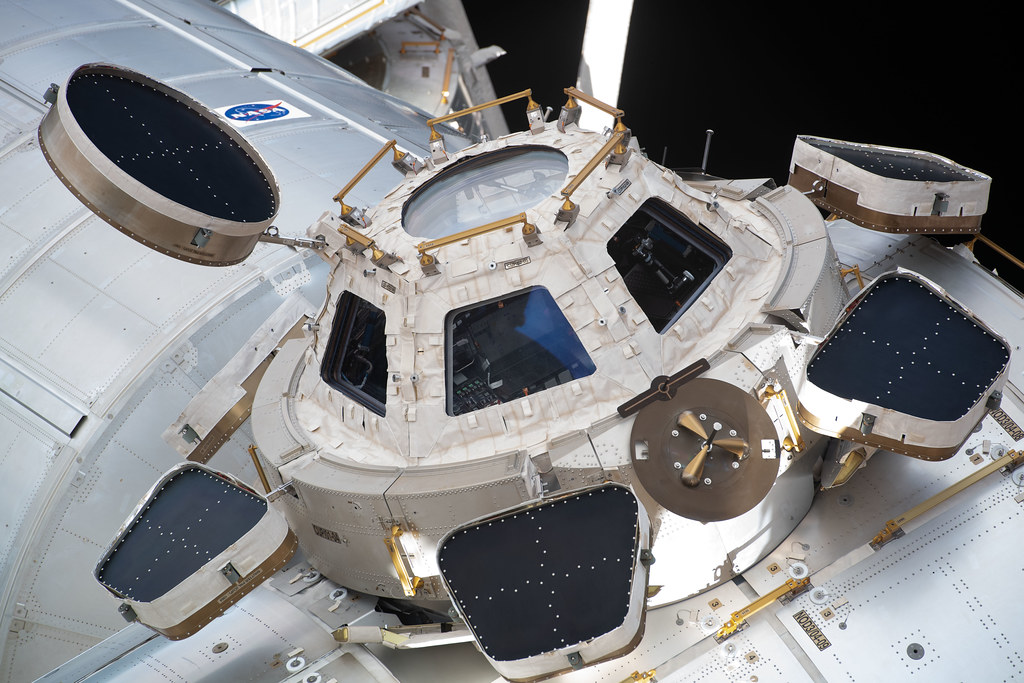The company plans to work alongside startup Sierra Space to bring the space station to fruition, and Boeing plans to design a research module on the station, though there are no guarantees the companies can make it happen. Such projects are still exorbitantly expensive and risky, likely costing in the tens of billions of dollars and requiring multiple safe launches before a human ever even floats aboard.
Blue Origin and Sierra Space plan to co-finance the space station, though executives declined to give an all-in cost estimate. They did add that they are expecting to sign on NASA as an anchor tenant, though it’s not exactly clear how such a partnership could take shape.
NASA has put out calls for proposals for commercial space stations as the 20-year-old International Space Station — which has hosted crews of professional astronauts from the United States, Russia and more than a hundred other countries — is nearing the end of its lifespan. Several other companies, including Texas-based startups Nanoracks and Axiom, have made similar proposals. Blue Origin hopes Orbital Reef could be operational in the late 2020s.
Spacecraft that could be used to ferry people to and from the space station are still in the development phase as well. The orbital reef will be able to host up to 10 people and will have roughly the same internal volume as the ISS.
Several other companies were involved in Orbital Reef announcement, mentioning proposed uses for various in-space businesses and products they’re developing. A company called Genesis is also working to develop a means of allowing astronauts to conduct spacesuit-free spacewalks by putting people into vacuum sealed pods with robotic arms so they can one day work on the exterior of such a space station.
A company called Redwire is also working on in-space manufacturing in the form of 3D printing, which could one day make it easier to produce new goods in space rather than having to go through the arduous and expensive process of making goods on Earth then launching them to space.
As far as the space station’s operations go, companies from all over the world — in industries from pharmaceuticals to material sciences — could use it to conduct research in microgravity, much as they already do on the ISS. NASA has long known the benefits of doing research in space. In the microgravity environment, physical and biological phenomena aren’t bogged down by the Earth’s pull. So, doing the same experiment on the station that’s been done on the ground can give scientists a better fundamental understanding of how something works.
According to edition.cnn.com















